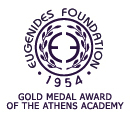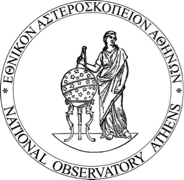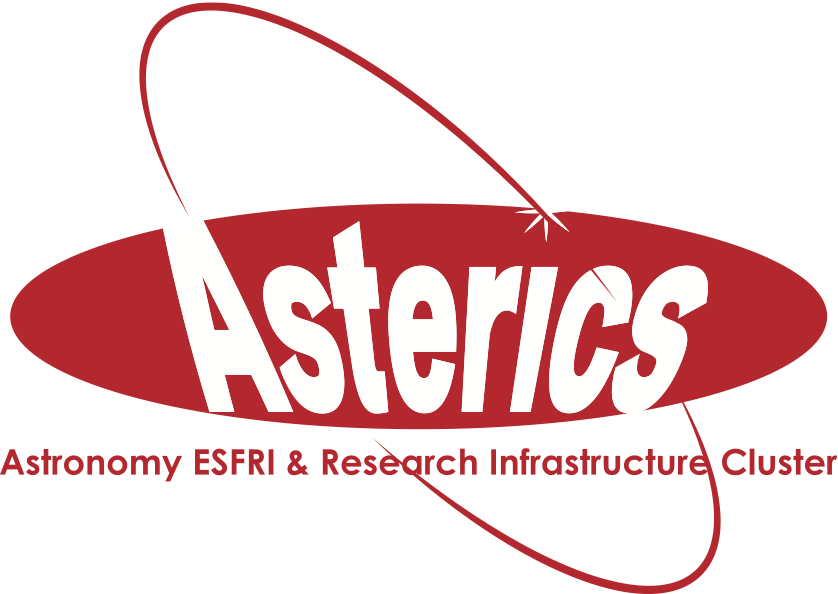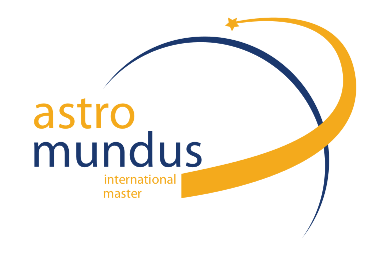Symposium S6
4 – 5 July 2016
Exploring the outskirts of galaxy clusters
News:
The programme of the session is now available
Aims and scope
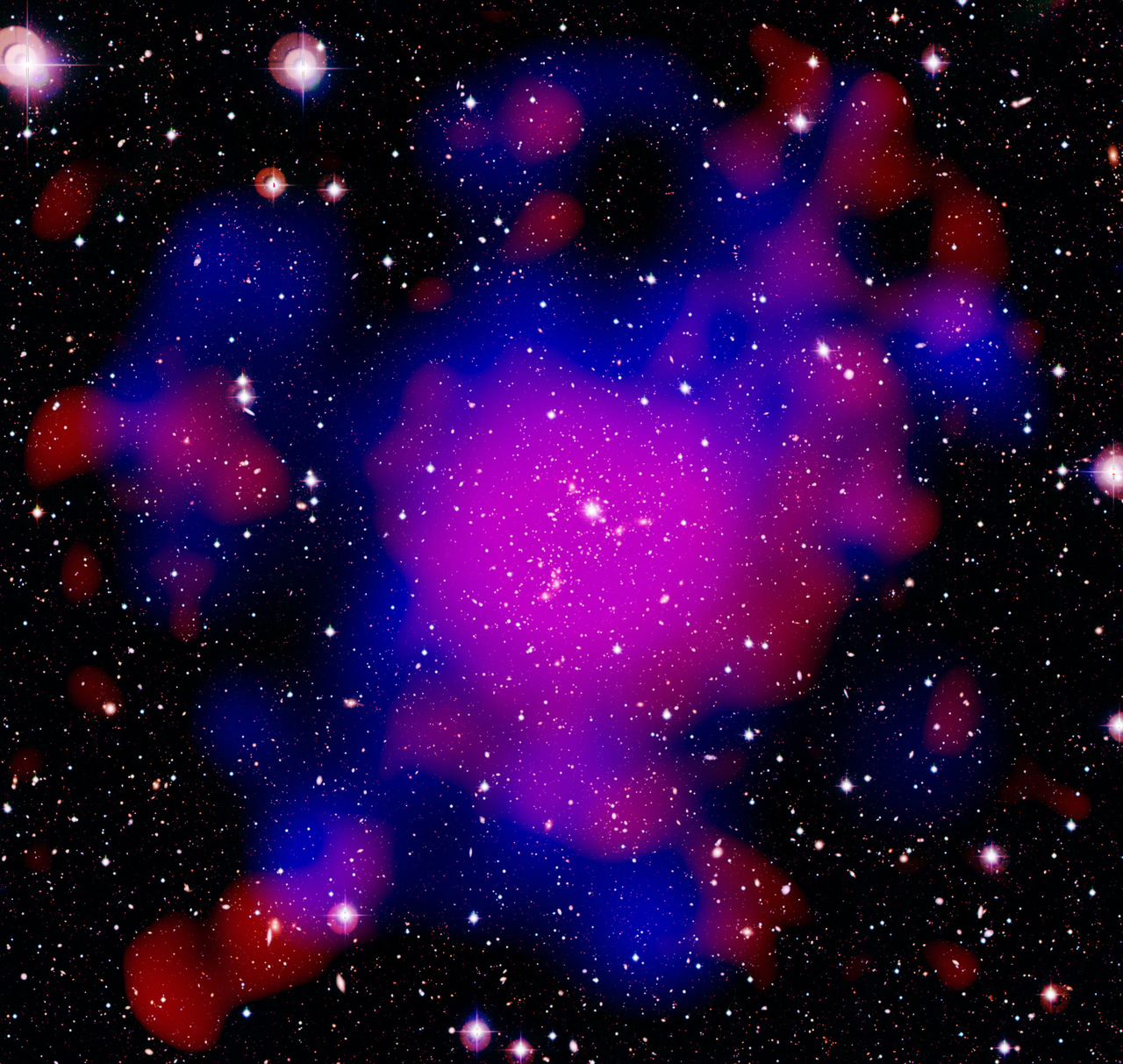 One of the major scientific goal for Athena, the concept for the next-generation European X-ray telescope recently selected from ESA as second Large Mission, is to determine how baryons assemble and dynamically evolve into galaxy clusters.
One of the major scientific goal for Athena, the concept for the next-generation European X-ray telescope recently selected from ESA as second Large Mission, is to determine how baryons assemble and dynamically evolve into galaxy clusters.
The outskirts of galaxy clusters are the place where the connection between the highest peaks in the comic matter density and the large-scale structure is established. Until recently, more than about 70% of the cluster's volume, where most of the mass accretion processes onto the main halo is occurring, has remained essentially unexplored. In these regions, the distribution of the hot gas (traced with both X-ray and SZ signal) is expected to be clumpy and asymmetric, with non-negligible effects from non-thermal processes (like, e.g., turbulence, bulk motions, magnetic fields, particle acceleration) that can be also investigated through radio observations. The overall dark matter distribution has started to be mapped through the weak lensing signal and the galaxy distribution, by which also the evolution of the properties of the accreting galaxies as the environment changes (from low to high density regions) can be traced.
To keep the momentum high, and the discussion lively, on the physics and the problematics concerning the peripheries of the galaxy clusters, the objectives of this EWASS Symposium are the following:
1) Presentation of the state-of-art researches on the clusters' peripheries, both from multi-band (from optical to radio, SZ, and X-ray) observations, and numerical simulations, and theoretical models;
2) Deep discussion on the present limitations affecting the analysis of these regions, and how we can overcome these problems with the next generation of instruments.
Programme
We plan (a) to revise the present results from optical, X-ray, SZ data and numerical simulations; (b) to discuss the problematic related to the characterization of the X-ray background; (c) to speculate on the prospects with the next-generation instruments on the
following topics:
- Mass assembly and hierarchical structure formation processes;
- ICM heating and virialization of accreting hot gas;
- Non-thermal phenomena in cluster outskirts (radio relics, accretion shocks, turbulence);
- Galaxy evolution from the field to clusters;
- Filaments and the missing baryons.
Invited speakers
- Mathilde Jauzac (Durham University, UK)
- Silvano Molendi (INAF-IASF Milano, It)
- Matt Owers (Macquarie University, Aus)
- Elena Rasia (University of Michigan, US; INAF-OA Ts, It)
- Jack Sayers (Caltech, US)
- Aurora Simionescu (JAXA, Japan)
- Franco Vazza (Hamburg University, Ge)
- Reinout van Weeren (CfA, Cambridge, US)
Scientific organisers
Dominique Eckert (University of Geneva, Sw);
Stefano Ettori (INAF-OA Bologna, It)
Contact
stefano.ettori @ oabo.inaf.it
Updated on Wed May 04 22:10:54 CEST 2016
|
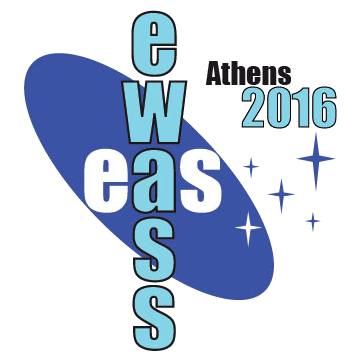
 A power cut will shut down all EAS services on Tuesday, 10 January 2017 starting at 7:30 CET.
A power cut will shut down all EAS services on Tuesday, 10 January 2017 starting at 7:30 CET.


